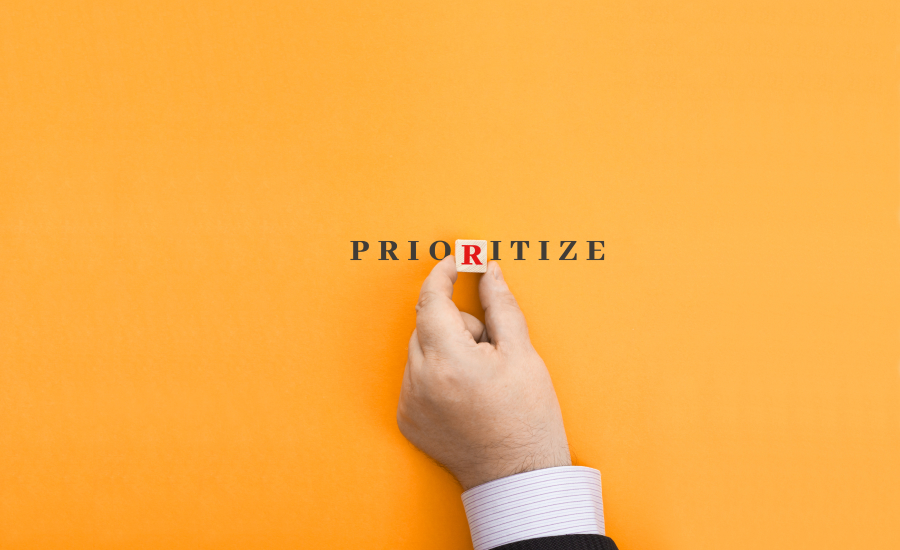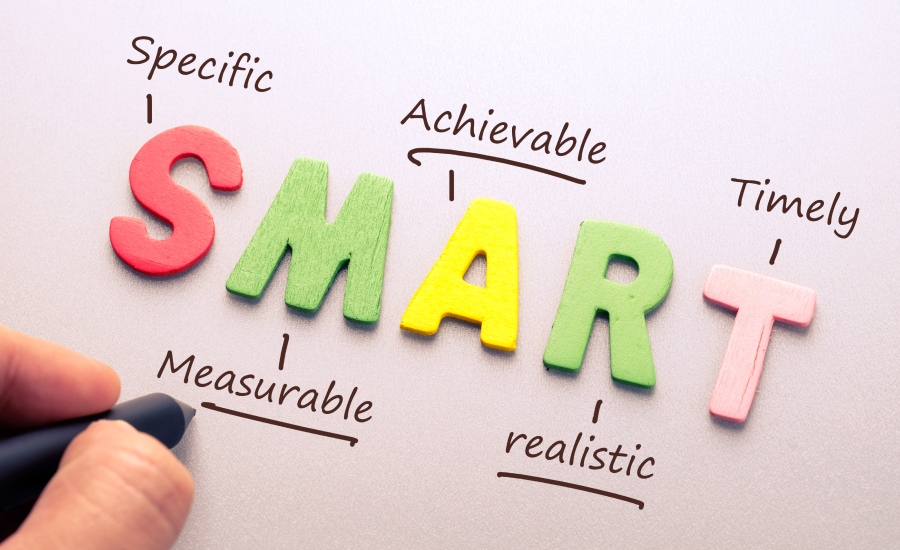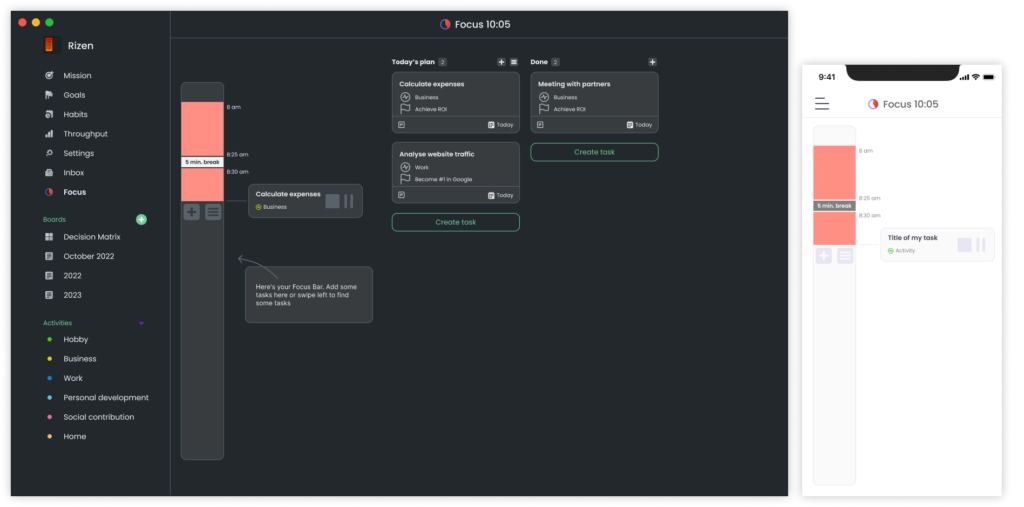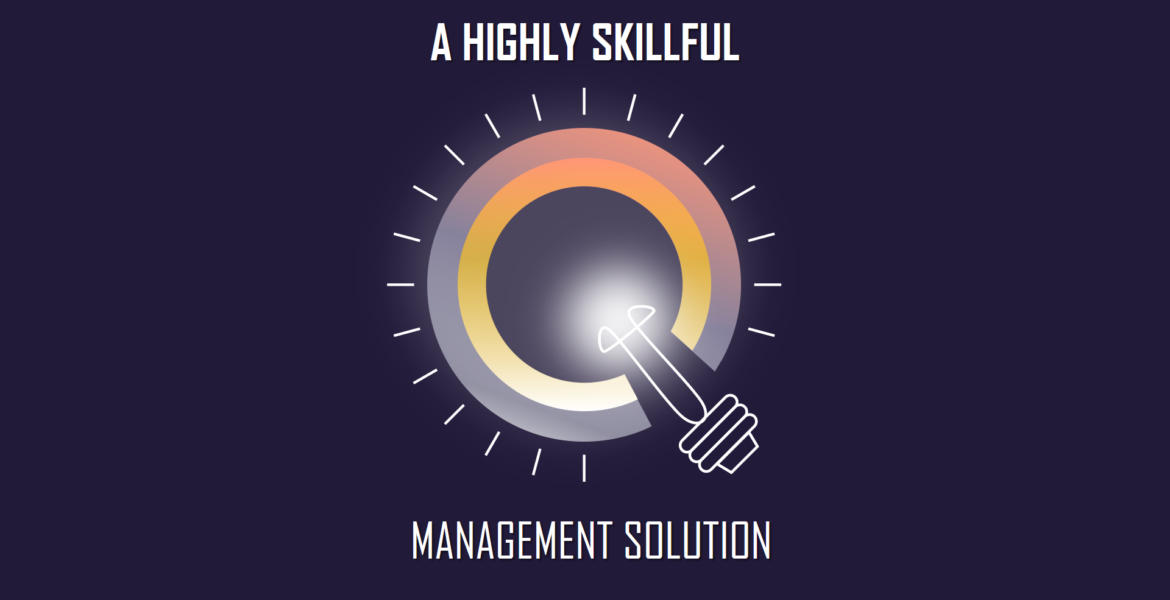Introduction
Having a clean and organized workspace has obvious physical and psychological benefits to individuals in any profession. An organized workspace can help increase productivity, reduce stress levels, and promote a feeling of control and accomplishment. With the right organizational system, anyone can create a workspace that allows them to work more efficiently and with greater focus.
Definition of a Clean and Organized Workspace

A clean and organized workspace generally refers to a space where there is a minimum of clutter, and all tools and items necessary to complete tasks in an organized manner are kept neat and tidy. It requires that all items that are used in the workplace are easily accessible, the workspace is well-lit, and there are minimal distractions.










